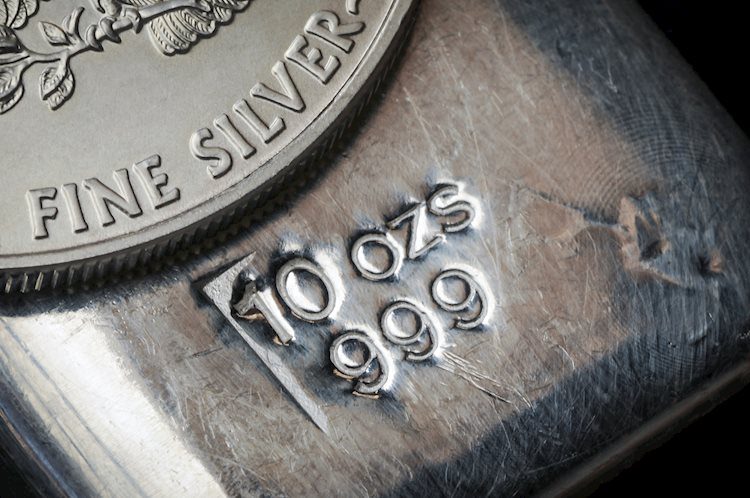Silver prices (XAG/USD) saw a rise on Friday, with the precious metal trading at $32.09 per troy ounce, marking a 1.23% increase from the previous day. This upward movement comes as silver prices have surged by 34.84% since the beginning of the year, showing a strong performance in the market. Additionally, the Gold/Silver ratio, which indicates how many ounces of silver are needed to equal the value of one ounce of gold, stood at 84.50 on Friday, down from 84.96 on Thursday.
Silver is a highly traded precious metal that holds a significant place in the investment world. It has been historically used as a store of value and a medium of exchange, making it an attractive option for investors looking to diversify their portfolio. While it may be less popular than gold, silver can offer intrinsic value and serve as a potential hedge during periods of high inflation. Investors have the option to buy physical silver in the form of coins or bars, or trade it through Exchange Traded Funds, which track its price on global markets.
The price of silver can be influenced by a variety of factors that range from geopolitical instability to economic conditions. During times of uncertainty or economic downturns, silver prices may escalate as it is seen as a safe-haven asset, albeit to a lesser extent than gold. Silver tends to rise in value when interest rates are low, given its yieldless nature. Additionally, the performance of the US Dollar plays a significant role in determining silver prices, as the metal is priced in dollars (XAG/USD). A strong dollar may suppress silver prices, while a weaker dollar can lead to an increase in prices.
In addition to its role as an investment asset, silver is widely used in various industries, particularly in sectors such as electronics and solar energy. Its high electric conductivity makes it a valuable commodity in these fields, with demand fluctuations impacting its pricing. Economic dynamics in countries like the US, China, and India also influence silver prices, as these nations have significant industrial sectors that utilize silver in production processes. Consumer demand for silver in jewelry in countries like India also contributes to price movements.
The relationship between gold and silver prices is closely intertwined, with silver often following the trends of its more expensive counterpart. When gold prices rise, silver prices tend to move in the same direction, reflecting their shared status as safe-haven assets. The Gold/Silver ratio provides insights into the relative valuation of both metals, with some investors viewing a high ratio as a sign of undervalued silver or overvalued gold. Conversely, a low ratio might suggest that gold is undervalued compared to silver. Overall, the silver market is influenced by a combination of supply and demand dynamics, economic conditions, and investor sentiment, making it a vital component of the global commodities market.











